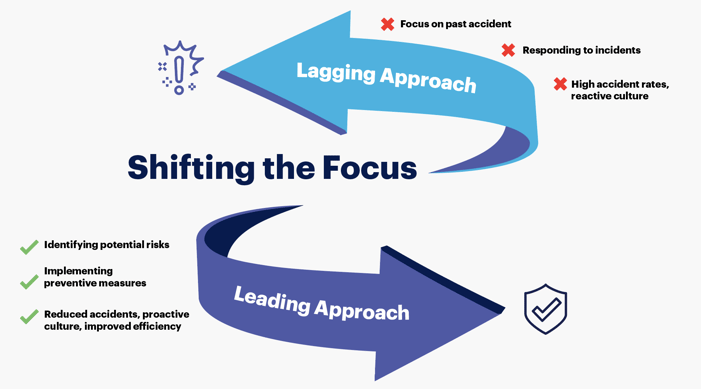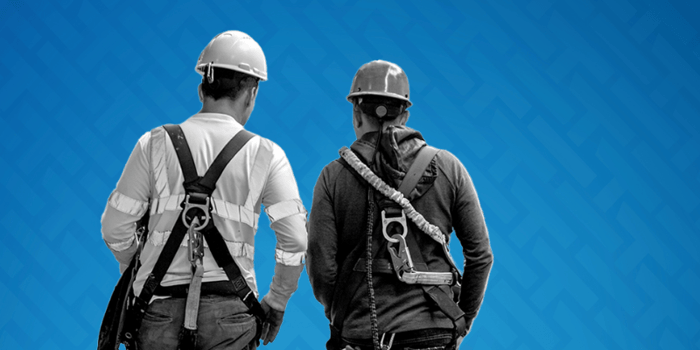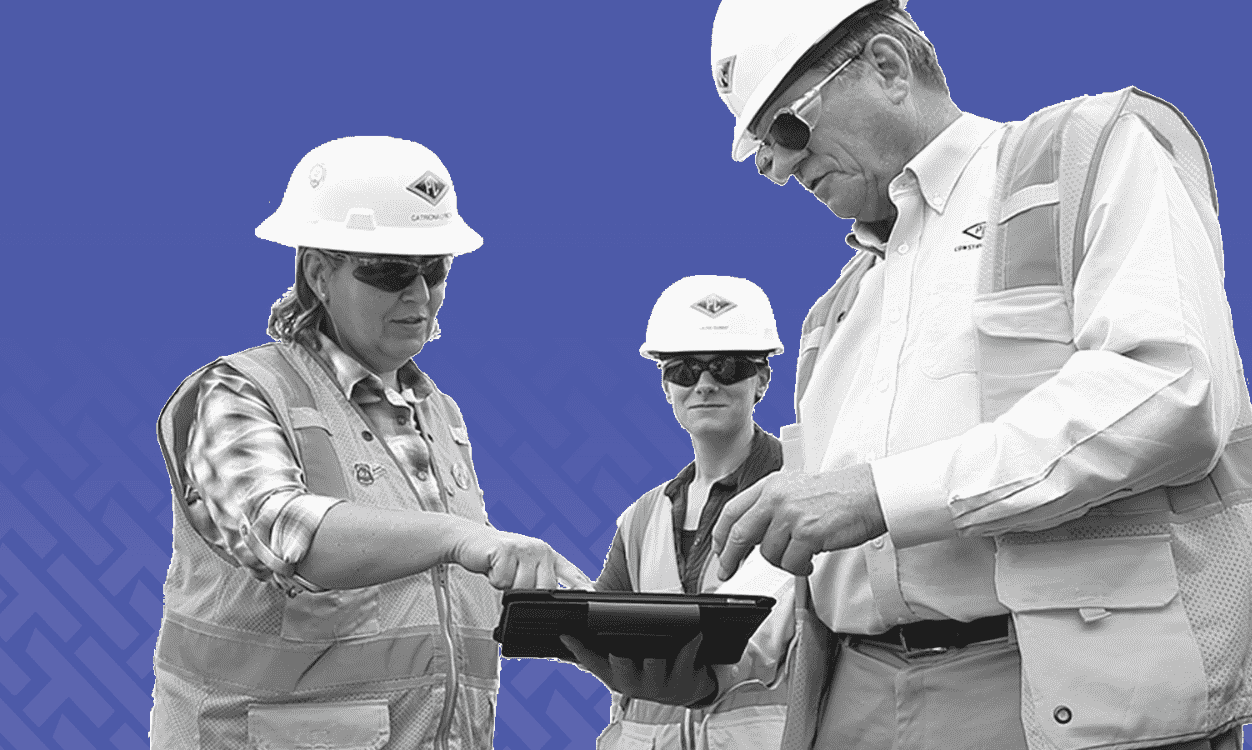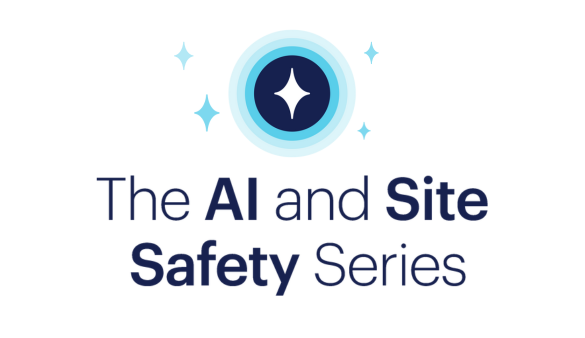What's Inside |
|
|
Ahead of Risk: Leading Indicators in Safety
The construction world is changing its game. Now, it's all about stopping accidents before they even have a chance to happen. This new way forward is powered by leading indicators. They're our early warning signals, showing us where the risks might be so we can deal with them upfront. This requires a big shift from solely looking back at accidents to figure out what went wrong to relying on new, forward-looking metrics. Today we require preplanning and involvement with subcontractors such as job hazard analyses (JHAs), safety data sheets (SDSs), safety plans, and making sure workers are trained for their job. These tools not only keep everyone safer but also make sure our projects run smoother. Despite requiring them, it remains a challenge to access data to track compliance rates as well as standardize and ensure subcontractors' submittals are project-specific.
Everyone has received a ‘kitchen sink’ safety plan before and managing licenses in spreadsheets is a nightmare.
As things in construction keep changing, paying more attention to these leading indicators is important. They're key to building a preventative, safety-first mindset on every site, making sure we're always a step ahead in keeping workers safe and projects running smoothly.

The Advantages of Leading Indicators
Leading indicators are like early warning signs that help us keep everyone safe on the job. They also help subcontractors and managers work together to fix issues early. This means less time worrying about accidents and more time getting the job done safely.
When we use these indicators the right way, we can see exactly where to focus our safety efforts. This helps everyone on the site know what's important for staying safe. It's not just about following rules; it's about making smart decisions to avoid accidents.
Best Practices for Implementing Leading Indicators
To make leading indicators work best on your projects, here’s a simple guide to follow:
-
Pick the Right Indicators: Choose indicators that match what you're trying to improve in safety. Think about the specific safety goals or issues you're facing and pick indicators that will help you keep track of progress in those areas. For example, if you want to ensure everyone on site has the required training for their job, you might want to find a way to monitor and be notified of upcoming license expiring dates.
-
Make Them Measurable: Use indicators that you can measure easily. This way, you can see how well you're doing and where you need to improve.
-
Get Everyone Involved: Communicate what you’re tracking and encourage all your workers to take part in contributing to the processes that support your indicators. Many hands make light work.
-
Use Tech Tools: Take advantage of technology that supports the processes that underpin your leading indicators so you can easily access data. With the right tools, you can see trends and make better decisions.
| Indicator | Key Elements | Implementation Criteria |
|
Leading Indicators |
|
Organization has:
|
|
Midstream Indicators |
|
Organization does:
|
|
Organization actively monitors metrics like:
|
Addressing Industry Challenges
Commercial construction sites face a wide array of challenges that can impact safety, from the ever-changing environment of a project to the diverse workforce involved. Plus, each site brings its unique set of risks, influenced by factors such as the complexity of the construction, the geographical location, and the varying levels of experience among workers. To tackle these issues effectively, it's essential to adopt a flexible and comprehensive approach to safety management.
Firstly, the fluctuating nature of construction projects requires safety measures that can adapt to different stages of work. For example, the risks present during the foundation phase differ vastly from those during the finishing touches. Implementing leading indicators such as regular safety audits and dynamic risk assessments can help managers stay ahead of these changing conditions.
Another significant challenge is the diversity of the workforce, including differences in language, skill levels, and understanding of safety practices. To address this, safety training tailored to the workforce's preferred communication method and language where possible, alongside clear communication strategies, can ensure that all team members are aware of and understand the safety protocols.
Furthermore, construction sites are often pressured by tight schedules and budgets, which can sometimes push safety to the background. By keeping an eye on leading indicators, like making sure safety meetings happen on time, we can avoid delays and extra costs. If safety checks are late, it could mean stopping work until things are safe again, leading to spending more money and time than planned. So, by tracking these indicators, we make sure the project stays on track, within budget, and safe for everyone.
Lastly, external factors such as weather conditions and regulatory changes also pose challenges. Proactive monitoring of weather forecasts and staying updated with industry regulations can serve as leading indicators, allowing for timely adjustments to safety plans and compliance strategies.
.png?width=700&height=350&name=leading%20indicators%20image%20%232%20(1).png)
Tools for Tracking Leading Indicators
In today’s digital age, technology offers powerful tools for tracking leading indicators, from sophisticated safety management software to mobile apps that allow real-time data collection and analysis. These technologies make it more efficient to complete processes that support leading indicators and the efficient monitoring of safety metrics, providing insights that can guide decision-making and improve safety outcomes.
However, not all construction sites have access to advanced technology, and some may prefer traditional methods for tracking leading indicators. In such cases, simple yet effective approaches can include:
-
Regular safety meetings - where teams discuss potential risks and preventive measures.
-
Safety checklists - tailored to different project phases.
-
Visual aids - like posters and signs to remind workers of safety practices.
-
Daily Pre-Task Plans – to engage crews in daily planning and apply safe work methods as the project evolves.
Additionally, embracing the collective knowledge and experience of all job site workers is crucial for spotting safety risks early, a key aspect of leading indicators. Actively encouraging every team member to voice concerns about potential hazards or suggest safety improvements, ensuring their insights contribute to our proactive safety measures. This culture of open communication ensures that safety remains a constant focus, allowing us to address issues promptly without fear of retribution for potential delays. It's about prioritizing safety through shared responsibility, ensuring everyone's input helps keep our sites safer.
Regardless of the indicators that you focus on, the key is consistency and commitment to integrating these practices into the daily workflow. Whether through high-tech solutions or traditional approaches, effectively tracking leading indicators is crucial for building a proactive safety culture that can adapt to the complex challenges of commercial construction sites.
The Future of Safety Management Made Simple
The future of safety management in construction is about making things easier and more efficient. We're moving away from outdated methods like paper tracking and relying solely on gut feelings for safety decisions. The focus now is on using technology to get a clear view of safety needs and manage risks smarter. This means:
-
Easier Access to Information: Technology lets you see what's happening on-site, even when you're not there.
-
Smart Tracking: Tools help you stay on top of safety and site activities without the confusion of dealing with multiple systems.
-
Quick Decisions: With real-time data, you can prioritize safety tasks effectively and address issues quickly.
-
Connected Workflows: people connected to processes save time and drive accountability. For example, workers should only have to enroll once – not every project or in multiple systems and their profiles should connect to everything they’re involved in like daily briefings and JHAs.

Towards a Safer Tomorrow: The Power of Leading Indicators
Leading indicators are pivotal in making construction safer. By focusing on what's ahead, these indicators help us anticipate and prevent potential safety issues before they become real problems. It's about shifting from reacting to accidents to preventing them by leveraging our planning tools and associated data more effectively.



%20GIF.gif?width=200&name=HammerTech%20Intelligence%20(HTI)%20GIF.gif)



